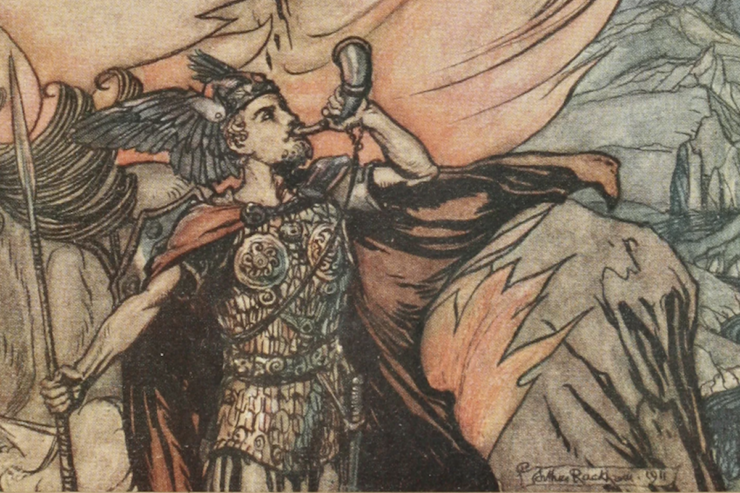Norse warriors come and they go: some are claimed by the nets of the sea goddess Ran, some die an ignominious death in a snake pit, and some fall in battle, weapon in hand and ready to be plucked up by a valkyrie and whisked away to Odin’s great hall in the sky. Others survive till the final page, presumably succumbing to old age in their deathbed long after the book or series ends. But it’s not how the characters die; rather, it’s how they live that makes the greatest imprint on the reader’s memory. It’s their epic adventures in the world of the living, after all, that keep us breathlessly following their exploits, and some of these fictitious Norse warriors leap right off the page in a manner that’s impossible to forget.
But what exactly is a Norse warrior? That’s a question perhaps more open to interpretation and debate than it appears to be at first glance. For the purposes of this article, it simply means a warrior character steeped in the pagan culture of pre-Christian Scandinavia or its colonies and cosmos (i.e., the worlds of the Norse myths)—but not a fully invented, Norse-inspired fantasy world (sorry, John Gwynne, H.M. Long, et al.). These are also original characters, not heroes lifted from saga legend or the myths themselves. If you’re interested in novels more directly inspired by the sagas or the myths, then be sure to check out Five Novels Inspired by the Old Norse Kings’ Sagas and the Sagas of the Icelanders and Five Fascinating Retellings of Norse Mythology, too!
Skafloc — The Broken Sword by Poul Anderson
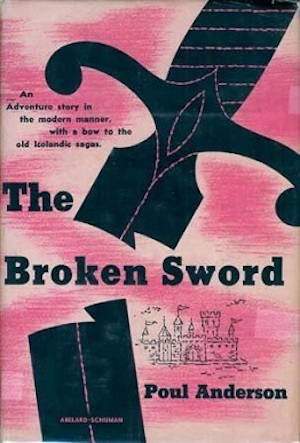
Born as the first son to a Danish raider who settled in the Danelaw of England, as a baby Skafloc is whisked away to the land of the elves of Norse mythology, and a changeling is left in his place. Skafloc grows up among the elves and is very good at everything he does, which includes composing poetry in the heat of battle, and of course, doing battle itself. And his talent for fighting grows even more formidable when he eventually begins to wield Tyrfing, a legendary but cursed sword culled from the ancient Scandinavian myths. The narrative moves across dimensions with Skafloc playing a leading role in a war between elves and trolls that forms the book’s backbone. Best known for his extensive science fiction, The Broken Sword is a stand-alone novel and generally considered to be Poul Anderson’s finest work in fantasy.
Uhtred Ragnarsson — The Saxon Tales by Bernard Cornwell
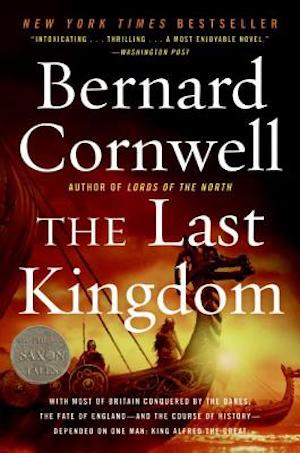
(Note: also known as The Last Kingdom series) Uhtred, son of Uhtred, has become rather well known thanks to the popularity of The Last Kingdom television series based on Bernard Cornwell’s historic fiction novels originally known as The Saxon Tales. Born into a Northumbrian noble family, Uhtred is raised by Danish raiders-turned-settlers and eventually becomes a prominent warrior in the English fight against the invading Northmen, though he never abandons the pagan faith in which he was raised. The Saxon Tales are a ton of fun and comprise the only novels on this list that are told in the first-person. Uhtred is a great narrator who relishes the heat of battle and the camaraderie of the mead-hall, telling it as it is from his perspective as a sometimes brash, highly opinionated, and glory-loving fighting man.
Bjarki Bloodhand and Torfinna Hildarsdottir — The Fire Born Series by Angus Donald
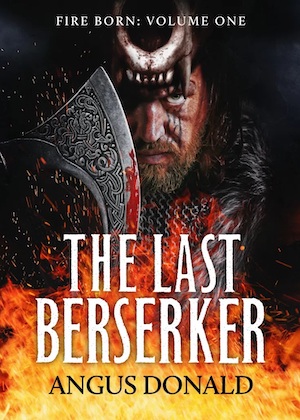
Okay, so this entry actually involves two warriors, because they go completely hand-in-hand. Bjarki Bloodhand and Torfinna Hildarsdottir are a berserker and shield-maiden duo hailing from Denmark and Sweden respectively. The two meet in The Last Berserker, the first volume in the planned six-book series, en route to the Fyr Skola in Germany—a sort of training center where warriors with berserker potential learn to channel their animal spirit. The two characters make an excellent, contrasting pair: Bjarki is big and bulky, reserved, and prone to animalistic rage, and Torfinna is little and lithe, sharp-tongued, and quick-witted. Their adventures take them through many battles in the 8th century ranging all across the continent with Charlemagne’s proselytizing war against the pagan Saxons serving as the overarching backdrop conflict. Categorized as historic fiction, the Fire Born series nonetheless maintains a notable tinge of magic realism.
Hilda — The Hanged God Trilogy by Thilde Kold Holdt
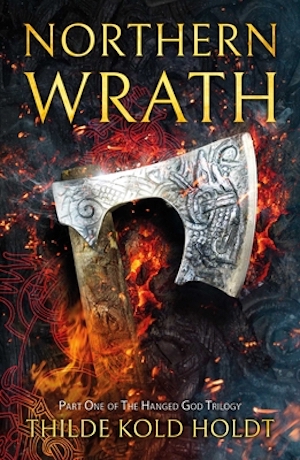
Introduced as the protagonist in Northern Wrath, the first volume of The Hanged God Trilogy, Hilda is a shield-maiden eager to prove herself in battle, and she gets that chance when Christians from the south attack her village in Denmark. Adventure and additional battles ensue as the Danes decide to take the fight to their enemies, but along the way the mystical runes lead Hilda in another direction, one that drastically alters her emotionally and physically. She emerges with a sixth sense of sorts and her eyes perpetually drip blood (which is a really good look for a Norse warrior—no one wants to mess with a shield-maiden whose eyes drip blood). While grounded in the geography of medieval Europe, the series merges our plane of existence with the other eight realms of Norse mythology.
Grimnir — The Grimnir Series by Scott Oden
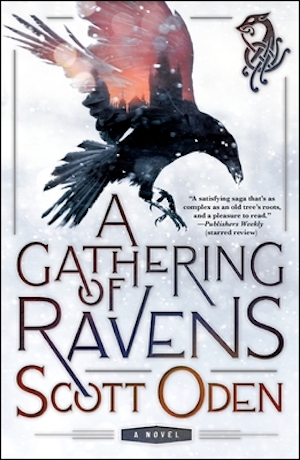
Grimnir is an orc—the last of his kind—who just wants to be left alone to brood in his own curmudgeonly fashion…until an opportunity for bloody vengeance motivates him to leave his small corner of Denmark at the turn of the first millennium in the first book, A Gathering of Ravens. He’s a total anti-hero, and his dour disposition, anti-social attitude, and tendency towards hostile verbal outbursts make him both hugely entertaining and endearing. Despite his extreme selfishness and hard-boiled non-human hide, he remains nonetheless prone to showing an occasional soft spot and helping the forces of good against evil. The series spans a wide geographic stretch over multiple centuries of European history and is deeply infused with the cosmos of the Norse myths.










